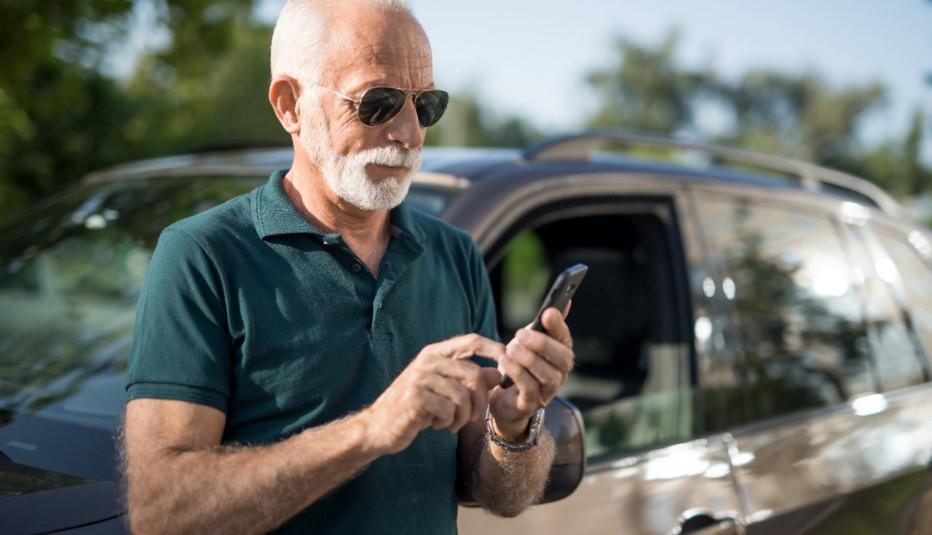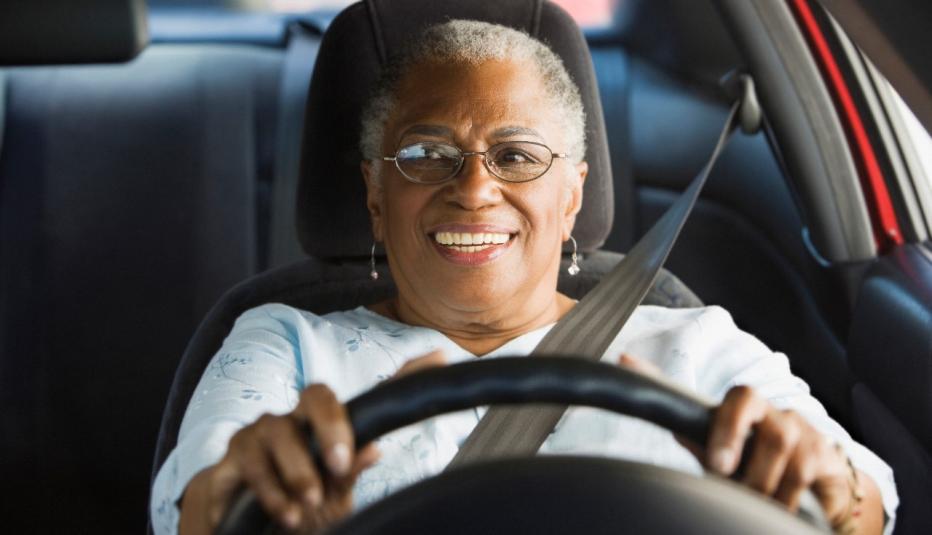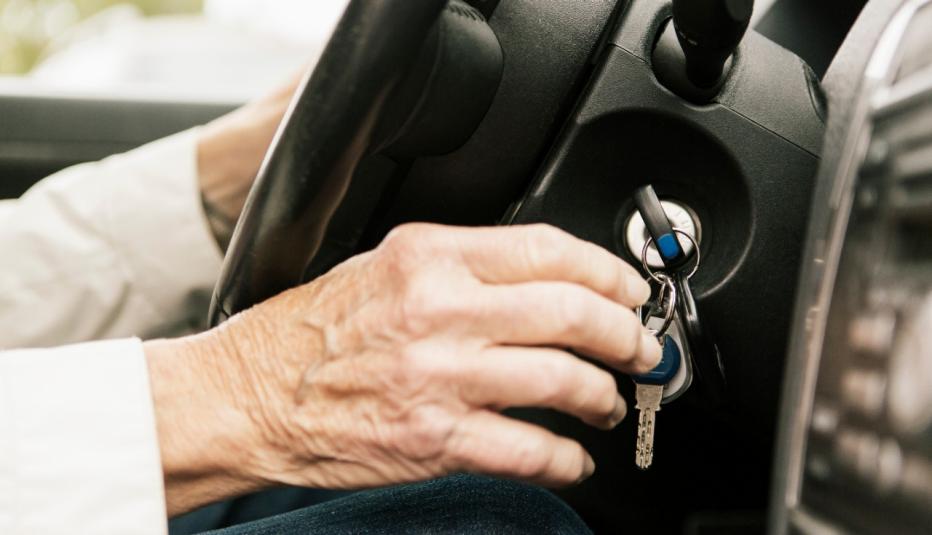AARP Hearing Center
Wendy Fox-Grage, AARP Public Policy Institute
Jana Lynott, AARP Public Policy Institute
Many older people and adults with physical disabilities need specialized transportation — such as door-to-door paratransit service and escorts into doctors’ offices — in order to remain in their homes and communities.
In fact, more than 3 million Americans miss at least one medical appointment every year due to a lack of transportation. And many people simply outlive their ability to safely drive, with men, on average, surviving an additional seven years and women living a decade beyond the time they give up their car keys.
In "Expanding Specialized Transportation: New Opportunities Under the Affordable Care Act,” Wendy Fox-Grage of the AARP Public Policy Institute (PPI) analyses how states and communities can better address the transportation needs of older adults and others by using untapped funding options under the Affordable Care Act (ACA).
Fox-Grage looks at how the Atlanta region and the state of Connecticut are leveraging ACA grants, state money and other federal funding to maximize transportation access. The two case studies, says Fox-Grage, provides "insight into the types of transportation being used and the consumers receiving the services."
In an accompanying podcast for the Community Transportation Association of America (CTAA), Jana Lynott, a recognized transportation expert and urban planner also with AARP PPI, discusses the ACA's specialized transit benefits. She encourages transportation providers to cultivate relationships with state and local health care leaders, including those within hospitals and the human service agencies responsible for implementing the ACA. When all involved work together, says Lynott, residents with specialized needs can be connected to the transportation services they require.
Key Findings
- Improving access to care for transportation-disadvantaged populations can reduce national health care costs, possibly offsetting the increase in transportation costs.
- ACA transportation benefits can help states and communities balance their Medicaid programs by supporting home- and community-based services; enabling people to access preventative care; improving health outcomes and avoiding unnecessary hospital readmissions.
- However, relatively few states and municipalities are taking advantage of the ACA-provided opportunities to promote and fund specialized transportation services for older people and adults with disabilities.
Don't Miss
- Table 1 on page 3 "Medicaid 1915(c) Waiver Expenditures on Community, Nonmedical Transportation for Older Adults and Adults with Physical Disabilities: FY 2010" provides helpful state-by-state overviews about the use of Medicaid waivers for nonmedical, community transportation.
- Table 2, "Programs within the Affordable Care Act That Could Promote Transportation," begins on page 4 and describes a half-dozen applicable ACA programs.
How to Use
Local officials and transportation managers in both rural and urban communities are consistently challenged to meet the increasing demand for transportation — especially specialized options. This AARP Public Policy Institute report and CTAA podcast can help educate public transportation and human services providers about the ACA's valuable yet underused specialized transportation benefits.
MORE FROM AARP




































































